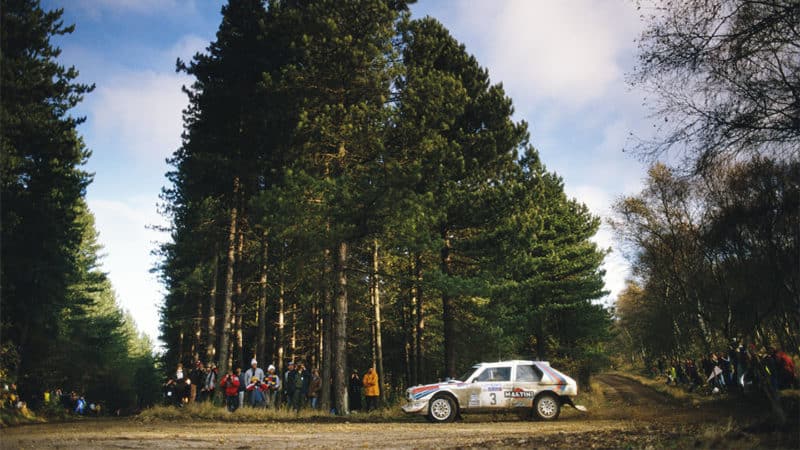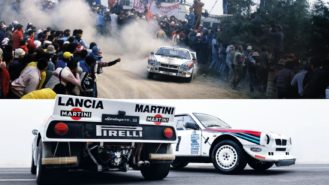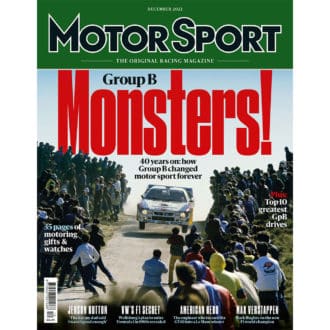Not all were so fortunate in the sleek, low-slung 037 though, as Alessandro Bettega, son of Lancia’s late “quiet man” Attillio, explains. The Italian had already broken both his legs in a 037 Corsica crash in ’82, then lost his life at the same rally three years later when a tree ruptured the driver’s seat, killing instantly.
“Group B was the biggest expression of rallying but there were a lot of risks to put on the show, and some people, such as my father, paid the price,” Alessandro says.
“I think it also took rallying away from its roots, in the sense that the history of the sport is based on cars that were derived from production cars – and Group B is about as far away from regular production as you can get.
“Still, these cars were truly spectacular. I never drove an 037 myself but I rode in one a few times: when my dad was testing, he sometimes used to strap me in and take me with him. Whenever I see an 037 I always associate it with him: it was my dad’s car.”
Despite the immense emotional pain associated with that an era, Alessandro takes some solace in his father’s achievements.

Alén, seen here in the Delta S4 at the 1985 RAC Rally, says the car was much more of a gravel machine
Getty Images
“It’s a shame he didn’t have more time on this earth; I think the next generation of Group A cars would have suited him better,” he says. “But of course he’ll always be part of the Group B story and I’m proud of that too.”
After the 037 came the S4, perhaps the ultimate Group B machine, never more so than in the hands of the first rallying rockstar, Henri Toivonen.
“The S4 was a direct descendant of the 037: the groundbreaking turbocharged and supercharged Abarth engine was first run in the back of a modified 037 as a prototype,” explains Peacock. “But the insane power meant that a four-wheel drive system was necessary, to finally give Lancia a contender capable of taking on the Audi Quattro and Peugeot 205 T16.”
“The Delta S4 is where it really reached the peak,” adds Lancia team manager Ninni Russo. “In the end, we were asking cars that had the same horsepower as the Formula 1 cars of only a couple of years earlier to go down the gravel tracks of the Acropolis, or the mountain roads of Corsica. It was something I felt uneasy about, so for me, there was always a certain anxiety.”


